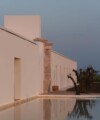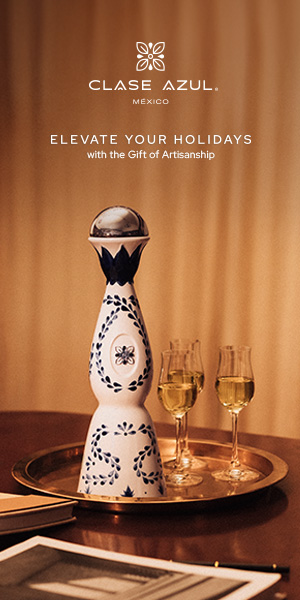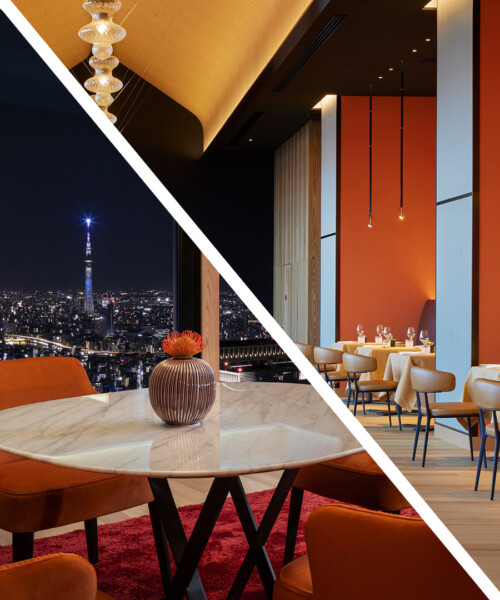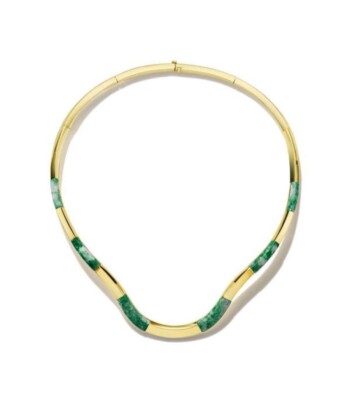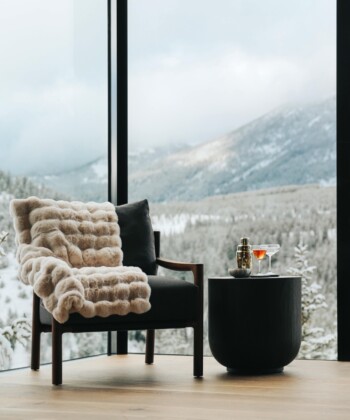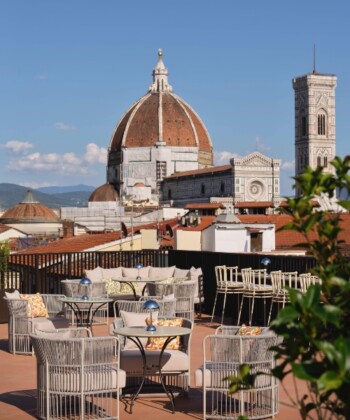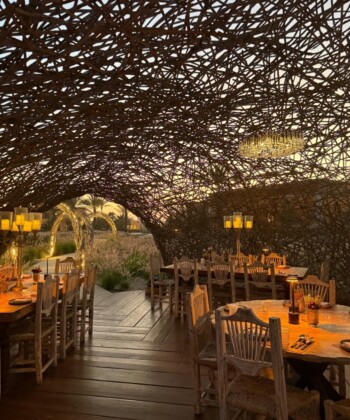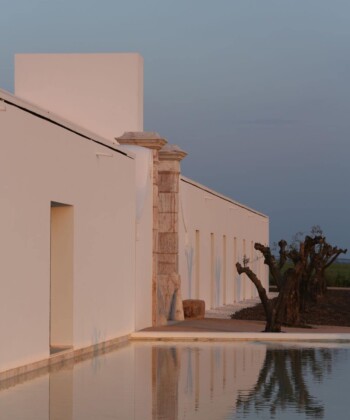The latest jewel in Bulgari’s hotel collection—its eighth worldwide and its first in Japan—melds Italian style and glamour with Japanese craftsmanship and serenity. Occupying four floors of the Yaesu Midtown East building, just across from Tokyo Station (with the long, graceful white forms of the Shinkansen bullet trains peeking out), the Bulgari Tokyo adds a vibrant dash of color and la dolce vita to a district of the vast metropolis that, architecturally and sartorially, can seem a bit black-suited and buttoned-up.
Even the most jaded Tokyo hotel habitue will find copious moments of, as they like to say in the industry, “surprise and delight,” courtesy of a design—as with other Bulgari properties, by Antonio Citterio and Patricia Viel of ACPV Architects—steeped in refined Italian and Japanese luxury (glass tiles by Venice’s Bisazza, chandeliers by Barovier & Toso, furniture by B&B and Ritzwell, textiles and silk headboards by Kyoto’s Hosoo) and painstaking thoughtfulness as to the guest experience. The 98 guest rooms (23 of which are suites, including the 4,000-plus-square foot Bulgari Suite) feel like jewel boxes, handsome and filled with pretty things, surrounded by richly textured gold matte ceilings, elm wood floors, and shimmering silk on the walls; at night, thanks to rigorously engineered blackout shades and winning touches like a drawer equipped with inner outlets (so you don’t see the ambient glow of your devices), you’ll feel cocooned in somniferous darkness.
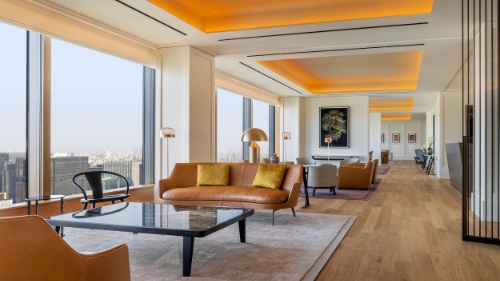
The Bulgari suite at the Bulgari Hotel Tokyo
A private elevator leads guests to a 10,000-square-foot plus spa featuring a 25-meter pool, its green and gold glass tiles sparkling in the late afternoon sun, flanked by an opulent “vitality pool,” or jacuzzi, where the green and gold motif is echoed in a signature fan-like pattern, taken from Rome’s ancient Caracalla baths (and used more recently in Bulgari’s “Divas’ line). Lounge in one of the white cabanas ringing the pool, or step outside to one of the hotel’s four outdoor terraces—a scarce offering in Tokyo. Repair to the sauna or hammam, book a treatment room for an Augustinus Bader facial, or head to the well-appointed fitness room—designed by Lee Mullins, of London’s touted Workship Gynasium), with stunning views and, again, a terrace.
Befitting its dual-nationality nature, Bulgari Tokyo features two top-drawer dining choices: Il Ristorante—Niko Romito, by the chef who earned three Michelin stars for Reale in Abruzzo; and Sushi Hōsesi, an eight-seat omakase restaurant helmed by Kenji Goyoten, awarded three Michelin stars for Sushi Gyoten. A chocolate shop, wedding salon and Bulgari boutique—naturally—round out the offerings.
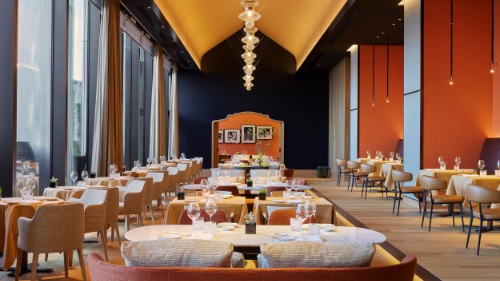
Il Ristorante — Niko Romito at the Bulgari Hotel Tokyo
DuJour spoke with Yuji Tanaka, the property’s general manager, to learn more about this special property.
What’s the most requested room at the property?
Our deluxe suites located on the corner of the building, rooms 4411, 4311 and 4211.
What makes it so special?
They offer 105 square meters of space and have windows on two sides so you can enjoy the view to the south and to the west. When you look to the west side, you can see the Imperial Palace.
What is the nightly rate for this room?
On average $5,777
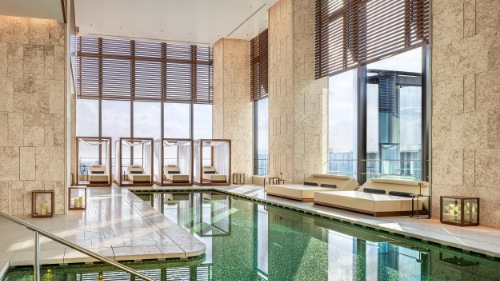
The pool at the Bulgari Hotel Tokyo
What’s an interesting tidbit about the hotel that speaks to its status as an icon?
There’s a theme of Italian design—we are surrounded by a lot of Italian products, there’s nothing like that in Japan. At the same time, there’s Japanese craftsmanship, and a sense of destination. For example, as you go into your room, you have a small chair where you can take of your shoes—we also put shoe horns there—because it is the tradition here that people take off their shoes at the entrance. We also put a small basket, with a single flower—it’s called Ichirin-zashi. It’s very simple, but presents Japanese beauty.
What special perk or amenity do you offer that no one knows about?
For some people that have been with us for several nights, we will give them Bulgari Tokyo leather luggage tags as a going-away gift.
What’s your favorite design element on property?
In a vitrine in the lobby there is a broach, which has a design of Mt. Fuji, with a diamond, and also a pine tree. This was a special product ordered in Japan 50 years ago from Bugari. So it is that sort of connection between Japan and Bulgari. And so it’s our motif, which you will find on the envelope holding your key card, the cover of a memo pad in your room. Also, the lobby doors, which open automatically as you walk toward them. Some people think it’s just a wall, and they walk back and forth, “where’s the door out?” We have a word, kekai, which is sort of that line between reality and something else. In Japan, you see sometimes you want a dramatic effect when you open a door, to somewhere else. That’s how we do it with that door.
What is another fun fact about the property?
You can walk underground all the way from Tokyo Station to the Bulgari. If you call us in advance, we will meet you at your Shinkansen train and escort you to the hotel.
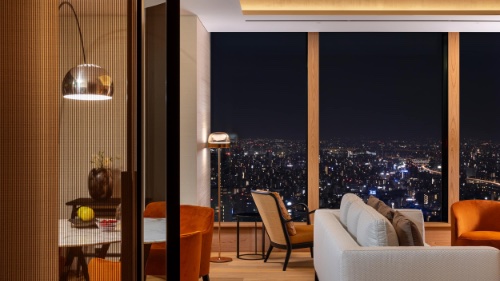
A suite living room at the Bulgari Hotel Tokyo



















